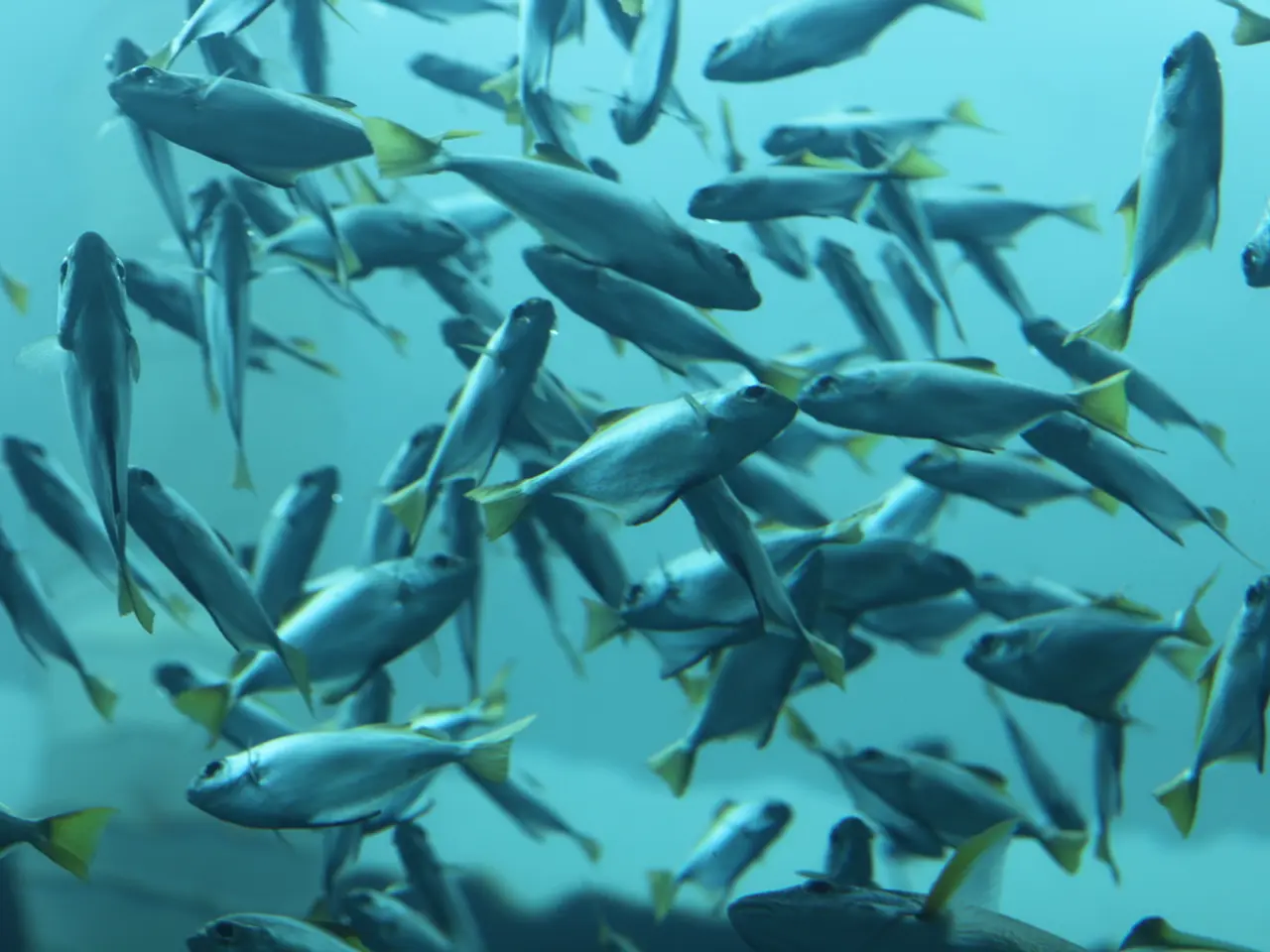Who else aside from Wels takes a dip in the bathing lake?
In the heart of Germany, lakes offer a refreshing escape during the summer months. However, it's essential to be aware of the aquatic life that shares these water bodies with us. Professor Robert Arlinghaus, a fisheries expert from Berlin's Humboldt University, sheds light on the types of fish found in bathing lakes and the likelihood of attacks.
Robert Arlinghaus heads a research group at the Leibniz Institute of Freshwater Ecology and Inland Fisheries (IGB) in Berlin, focusing on freshwater fish and sustainable management of fish populations in waters.
The largest freshwater fish in Germany is the catfish, which can grow up to 1.5 to 2 meters long. Despite their size, the likelihood of fish attacks on swimmers in lakes by catfish and pike is very low but not impossible under specific conditions.
Catfish, known for their brush-like teeth, can be territorial, especially around their spawning areas. They may attack anything that approaches their offspring, including swimmers' legs, but the chance of serious injury is low. It's important to note that such incidents are rare and usually occur during the approximately two weeks in high summer when the male builds and guards its nest.
Pike are predatory fish known to be aggressive toward smaller animals and fish, but documented attacks on humans, especially swimmers, are rare and not considered a significant risk in typical recreational lake settings. They might bite if provoked or mistaken a hand or foot for prey, but these incidents are very uncommon and generally not severe.
When swimming in a lake, various species such as roach, pike, bream, and catfish may be present. It's better to enter the water at sandy beaches to disturb the fish in the lake as little as possible. Aquatic plants serve as important fish habitats and are crucial for the ecosystem. It's advisable to avoid large clusters of aquatic plants to prevent accidentally dislodging them with your feet.
In many lakes, especially in Brandenburg, visibility is poor. Swimmers should be mindful of their surroundings and avoid swimming too close to reeds or underwater plants, where pike may be lurking. Pike never attack bathers or divers underwater, staying still in the reeds, underwater plants, or swimming away if annoyed.
In the specific case of the Brombachsee, the shorelines had dried up, and there were bathing islands that offered shade, which a catfish used for its nest. This summer, the catfish has caused two attacks on bathers at the Brombachsee in Middle Franconia (Bavaria). If you step or approach a catfish's nest exactly, attacks can occur.
It's essential to remember that the risk of an attack by catfish or pike on swimmers in lakes is minimal and mostly limited to territorial defensive reactions from catfish near offspring. Serious injuries or fatal attacks are almost unknown outside highly unusual situations. If a swimmer is unlucky enough to be attacked by a catfish, there are no significant injuries - it's not a shark with giant teeth.
In conclusion, by being mindful of the aquatic life in lakes and taking simple precautions, swimmers can enjoy a safe and enjoyable experience. So, let's continue to cherish and protect our beautiful lakes for generations to come.
- Professor Robert Arlinghaus, who focuses on freshwater fish and sustainable management of fish populations, emphasizes that catfish and pike, common in German lakes, are safe for swimmers, but there's a minimal risk under specific conditions.
- Science and health-and-wellness enthusiasts concerned about environmental-science issues will find it essential to maintain awareness of fish species in lakes and implement fitness-and-exercise practices that disturb aquatic life as little as possible for a safe and enjoyable swimming experience.




